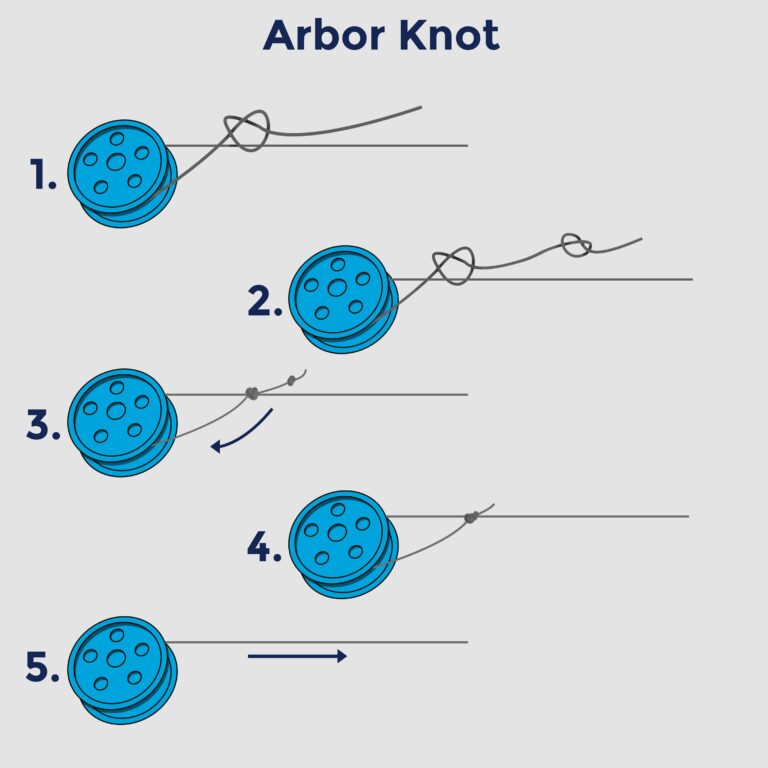Best Water Temperatures for Tuna Fishing (Complete Guide)
Today we discuss the Best Water Temperatures for Tuna Fishing. Tuna fishing is a popular sport that requires careful consideration of various factors to increase your chances of a successful catch.
One crucial factor that significantly impacts tuna fishing is water temperature. In this comprehensive guide, we will delve into the importance of water temperatures for tuna fishing and provide you with valuable insights to help you optimize your fishing trips.
Understanding Tuna Behavior:
Tuna are highly migratory fish species that are influenced by water temperature patterns. They tend to follow warm water currents as they migrate across different regions. Understanding the behavior of tuna with water temperatures is essential for successful fishing expeditions.
Tuna species such as bluefin, yellowfin, and albacore have specific temperature ranges in which they thrive. Bluefin tuna, for example, prefer water temperatures between 50°F and 70°F, while yellowfin tuna are commonly found in waters ranging from 60°F to 80°F. Knowing these temperature preferences can help you target specific tuna species more effectively.
Impact of Water Temperature on Tuna Feeding:
Water temperature plays a crucial role in tuna feeding behavior. Tuna are cold-blooded creatures, meaning their body temperature is influenced by the temperature of the surrounding water. Warmer water temperatures generally increase the metabolic rates of tuna, making them more active and voracious feeders.
When the water temperature is within their preferred range, tuna are more likely to be actively feeding near the surface or at specific depths. Understanding the relationship between water temperature and tuna feeding patterns can help you determine the best fishing techniques to use during different temperature conditions.
Optimal Water Temperatures for Different Tuna Species:
Different tuna species have varying temperature preferences based on their physiology and feeding habits. Here are the optimal water temperatures for some of the most common tuna species:
- Bluefin Tuna: 50°F to 70°F
- Yellowfin Tuna: 60°F to 80°F
- Albacore Tuna: 55°F to 65°F
- Bigeye Tuna: 70°F to 85°F
By targeting waters within these temperature ranges, you can increase your chances of encountering the specific tuna species you are looking to catch.
Using Technology to Monitor Water Temperatures:
Advancements in technology have made it easier for anglers to monitor water temperatures in real time, allowing them to make informed decisions about where and when to fish for tuna. Tools such as fish finders, sonar devices, and temperature sensors can provide valuable data on water temperatures at different depths and locations.
By leveraging technology to track water temperatures, anglers can identify temperature gradients, thermoclines, and other thermal features that attract tuna. This information can help you pinpoint productive fishing spots and adjust your tactics accordingly based on the prevailing water temperatures.
Adapting Fishing Techniques to Water Temperatures:
The optimal fishing techniques for tuna can vary depending on the water temperature conditions. In colder waters, tuna may be more sluggish and less likely to chase fast-moving lures. In contrast, warmer waters can trigger feeding frenzies where tuna aggressively strike at surface baits.
When fishing in cooler waters, consider using slower trolling speeds and deep-diving lures to entice lethargic tuna. In warmer waters, high-speed trolling with topwater lures or live bait presentations may yield better results. Adapting your fishing techniques to match the prevailing water temperatures can significantly improve your success rate.
Seasonal Variations in Water Temperatures:
Seasonal changes have a significant impact on water temperatures, influencing the distribution and behavior of tuna populations. In general, warmer summer months tend to bring higher water temperatures, leading to more active feeding behavior among tuna species.
During the spring and fall seasons, water temperatures may fluctuate as warm and cold currents interact, creating dynamic fishing conditions. Understanding the seasonal variations in water temperatures can help you plan your tuna fishing trips more effectively and target specific areas where tuna are likely to congregate based on temperature preferences.
Key Considerations for Tuna Fishing Success:
Achieving success in tuna fishing requires a combination of knowledge, skill, and adaptability. Here are some key considerations to keep in mind when targeting tuna based on water temperatures:
- Research specific temperature ranges preferred by different tuna species.
- Use technology to monitor real-time water temperatures and thermal features.
- Experiment with different fishing techniques tailored to water temperature conditions.
- Stay informed about seasonal variations in water temperatures and their effects on tuna behavior.
- Be patient and persistent, as tuna fishing can be unpredictable even with optimal water temperatures.
By incorporating these considerations into your tuna fishing strategy, you can enhance your chances of landing that prized catch while enjoying the thrill of the chase in diverse water temperature conditions.
Conservation Practices for Sustainable Tuna Fishing:
As responsible anglers, it is crucial to prioritize conservation practices to ensure the long-term sustainability of tuna populations. Overfishing and environmental factors such as climate change pose significant threats to tuna stocks worldwide.
When engaging in tuna fishing activities, consider practicing catch-and-release for undersized or non-targeted tuna species to promote population recovery. Follow local regulations regarding catch limits, size restrictions, and protected areas to minimize negative impacts on tuna populations.
Supporting sustainable fishing practices and advocating for marine conservation efforts can help preserve tuna habitats and ensure future generations have the opportunity to experience the excitement of tuna fishing in healthy oceans.
Conclusion
Water temperature significantly affects the behavior, feeding habits, and distribution of tuna species. Anglers can improve their fishing success by understanding the importance of water temperature and adjusting their strategies accordingly.
Whether targeting bluefin, yellowfin, albacore, or bigeye tuna, focusing on water temperatures can greatly impact fishing results. Prioritizing conservation and sustainable fishing practices is essential for preserving tuna populations for future generations of anglers.
Equip yourself with the information provided in this guide on optimal water temperatures for tuna fishing to enhance your next fishing trip. Good luck in your pursuit of these impressive ocean predators!

